A local mushroom farming business is a great opportunity to enter agriculture with minimal investment. Mushrooms are crops that can be grown in controlled environments, such as small indoor spaces or even unused rooms. You don’t need large tracts of land or expensive equipment. Items required include mushroom seeds or spawn, growing containers, and suitable substrates such as straw or wood chips. With minimal equipment, you can create an efficient setup that makes maximum use of your space and resources.
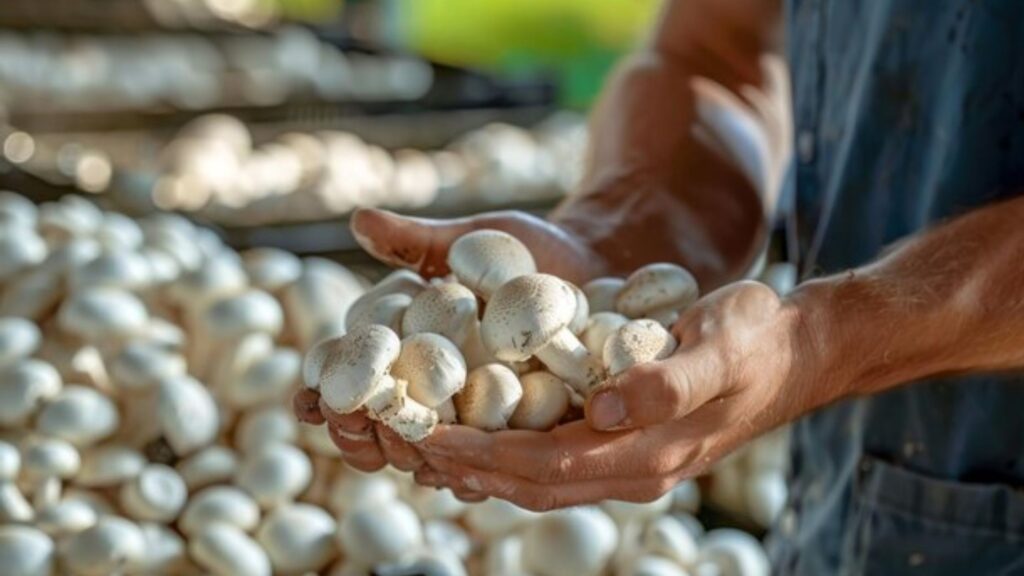
Table of Contents
To ensure success, focus on specialty mushrooms that are in demand in local markets and restaurants. These mushrooms such as oyster, shiitake, or lion’s mane often sell for high prices and attract the interest of culinary professionals. By maintaining high quality standards and establishing strong relationships with local buyers, you can quickly build a customer base and generate revenue. With careful planning and execution, your mushroom farming venture can become a profitable and sustainable business that requires modest initial investment.
Step-by-Step Process for Starting a Local Mushroom Farming Business
1. Research on Mushroom Species and Market Demand
Before starting mushroom farming, it is important to study different mushroom species. Each type of mushroom has its own characteristics, growth requirements, and market demand. Find out about major species such as oyster, shiitake, and lion’s mane and determine which species are best suited to the climate and soil conditions of your area. Also, do a thorough study of the growing methods and potential profits of each species.
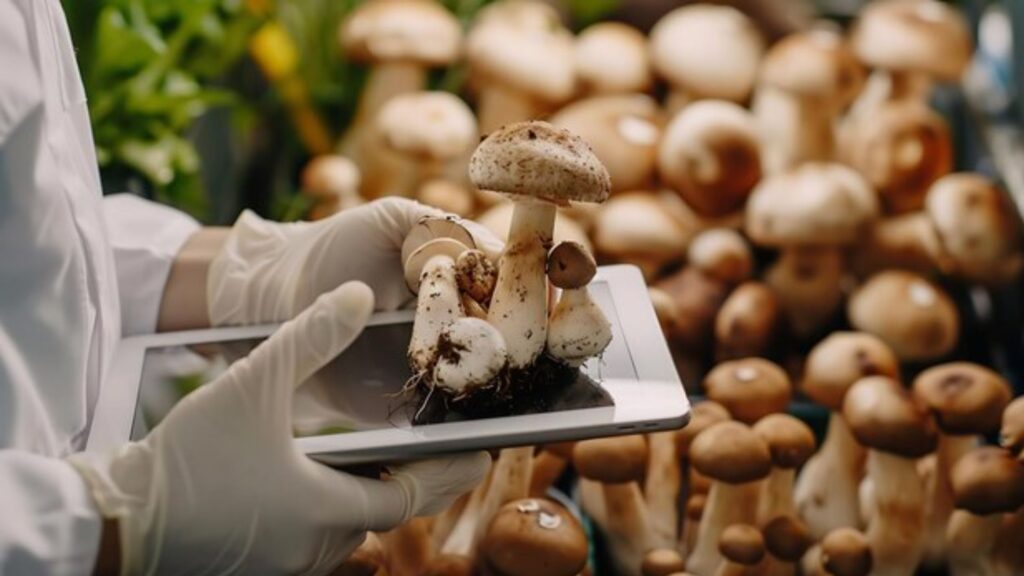
Analyzing the market demand is also extremely important. Get in touch with local markets, restaurants, and food processing units to find out what types of mushrooms they are seeking. Also, assess the competition in the market and understand how your product’s characteristics may differ. This information will help you select the right mushroom species and find your place in the market.
Finally, prepare a solid business plan based on the information on market demand and mushroom species. This plan will help you better manage investments, production volumes, and marketing strategies. Once you understand which species and products meet your needs and market demand, you can move towards a successful and profitable mushroom farming business.
2. Preparing a suitable growing space or environment
Choosing a suitable growing space is extremely important for mushroom cultivation, as mushrooms require special environmental conditions for growth. First, choose a space that is cool, dark, and moist. The ideal temperature for mushroom growth is usually between 20-25 degrees Celsius, and the air humidity should be between 80-90%. You can use a dark corner of your house, the ceiling of a room, or a special mushroom growth chamber.
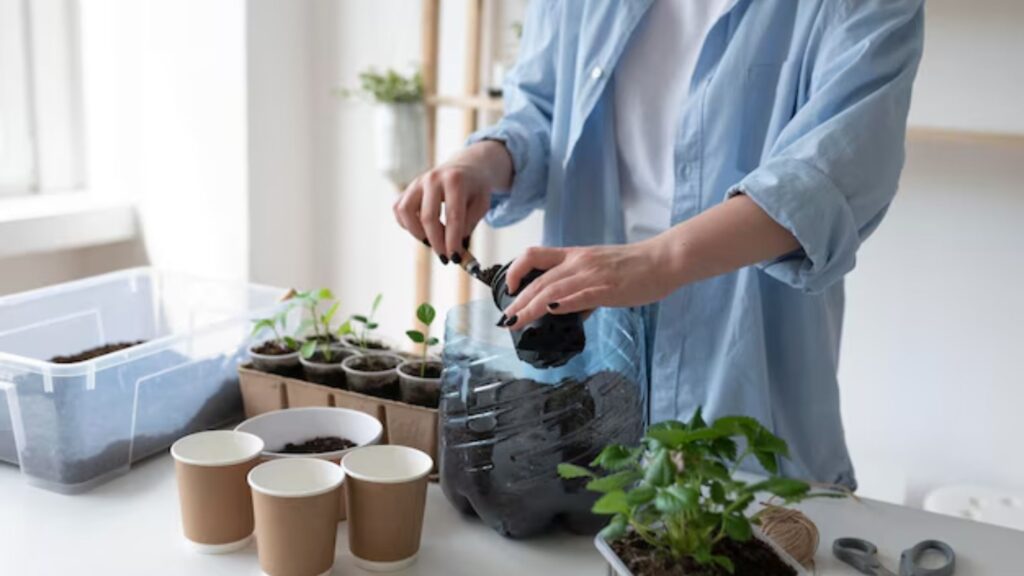
Next, the space you choose has to be prepared properly. If you are using an indoor space, make sure there are proper ventilation and humidity control measures. You can control the environment by using ventilators, humidifiers, and air conditioners. If you are using an outdoor space, set it up in a dry and shady spot where the mushrooms are protected from rain or direct sunlight.
Finally, keep your growing space clean and pest-free. Clean and check the space regularly to avoid infections and diseases. Thus, by preparing a suitable growing space you can ensure healthy growth and high production of mushrooms, which will play a vital role in the success of your Mushroom Farming Business.
3. Buying Mushroom Seeds or Spawn and Substrate
The first thing you need to do to grow mushrooms is to buy high-quality mushroom seeds or spawn. Spawns are seeds that have already developed mushroom spores and are grown on a substrate. There are different types of spawn available for different types of mushrooms, such as oyster, shiitake, and lion’s mane. Depending on the mushroom species you choose, buy spawn from reliable suppliers that are high quality and free from diseases.
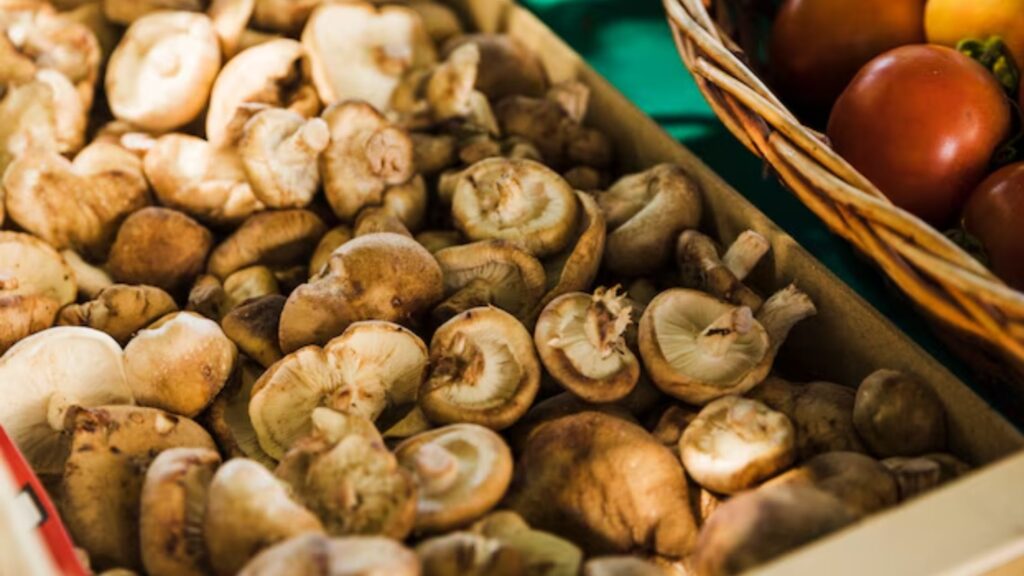
Next, you will need a suitable substrate, which provides nutrients for mushroom growth. The substrate can usually be wood chips, straw, tea leaves, or other organic materials. The substrate must be properly prepared and sterilized so that it does not harbor any undesirable bacteria or fungi. Before purchasing, make sure that the substrate is suitable for your chosen mushroom species and a good harvest can be expected from it.
Finally, after purchasing, store your spawn and substrate properly and check their quality before use. Keep the spawn and substrate in a dry and cool place to maintain their freshness. Purchasing the right spawn and substrate plays a vital role in the success of your mushroom production, and ensures that you get high quality mushrooms.
4. Preparing the growing containers and inoculating the substrate
Selecting and preparing the right type of growing container is a crucial step for mushroom cultivation. You can use different types of containers, such as plastic bags, peat pats, or special mushroom growth containers. It is necessary to thoroughly clean and sterilize the containers to eliminate any bacteria or pests. Next, fill the containers with the substrate in a uniform manner, making sure the amount and density of the substrate is correct.
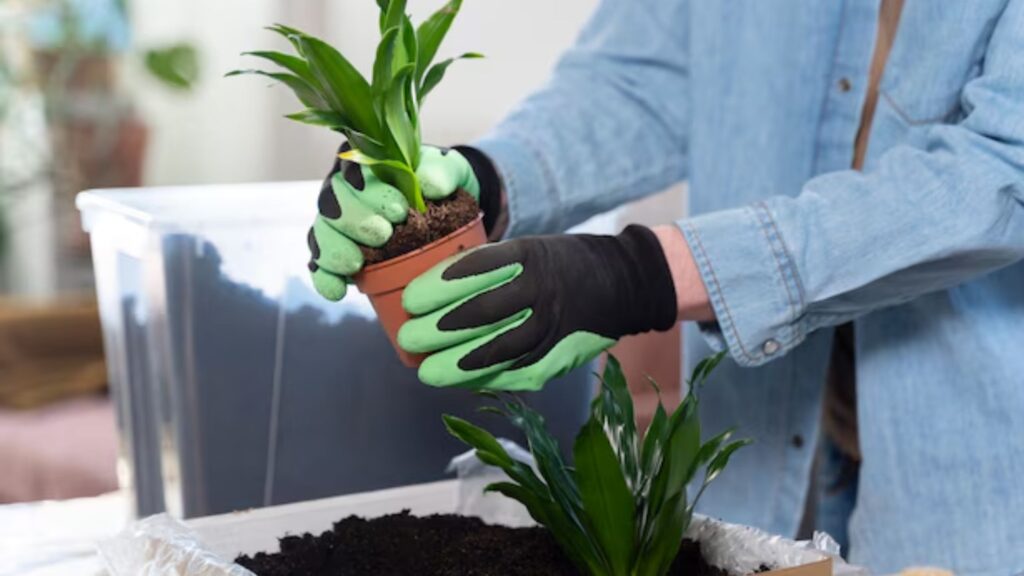
When your substrate is ready, you now need to inoculate it. Inoculating means mixing the mushroom spawn into the substrate so that the mushroom seeds can grow there. For this process, mix the spawn thoroughly with the substrate and make sure the spawn is spread completely. This process must be done carefully so that the spawn is evenly distributed and well absorbed into the substrate.
After inoculating, place the containers in a suitable environment with the right temperature and humidity. It is important that you maintain ideal conditions for mushroom growth. Check the containers from time to time and control the humidity and temperature as needed. Thus, correctly prepared containers and proper inoculation process affect the quality and quantity of your mushroom crop.
5. Maintaining ideal growing conditions (temperature, humidity, light)
Maintaining ideal temperature, humidity, and light conditions is extremely important for successful mushroom cultivation. To control the temperature, pay attention to the appropriate temperature range for different species of mushrooms. Generally, a temperature of 20-25 degrees Celsius is ideal for mushroom growth. Too high or too low temperatures can affect mushroom growth, so check the temperature regularly and use heating or cooling systems as needed.

Moisture content also plays an important role in mushroom cultivation. The air humidity should be between 80-90% for mushroom growth. To control humidity, you can use a humidifier or spray water on the substrate and the environment regularly. If you are cultivating in an indoor space, make sure that the humidity level is right and the substrate does not become dry.
Light also has an impact on mushroom growth, although most mushrooms can grow even in low light. You can expose the growing area to natural or artificial light, but avoid direct sunlight as it can affect the growth of mushrooms. By controlling the light level and duration, you can stimulate the growth of mushrooms and make them of better quality. Thus, by maintaining ideal conditions of temperature, humidity, and light, you can have a successful and healthy mushroom crop.
6. Mushroom Farming Business : Harvesting mushrooms at maturity
The time of harvesting mushrooms depends on their maturity, and it is essential to ensure that you harvest them at the right time. During the growth of mushrooms, they are initially small and white in colour and gradually grow larger. When the mushroom cap is fully opened and the gills underneath are clearly visible, it is considered mature. If you harvest the mushrooms early, they will not be able to grow fully and if harvested late, they may start spreading spores, which may affect the quality.
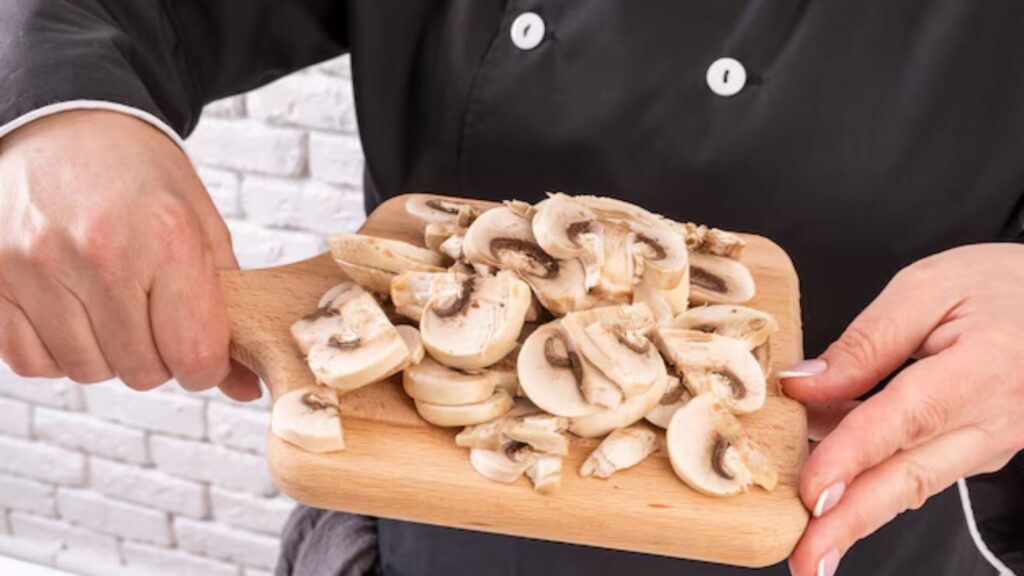
For harvesting, it is important to use clean and sharp tools. Using a sharp knife or scissors, cut the mushroom from the base, so as not to damage the substrate or other mushrooms surrounding it. After harvesting, carefully collect the mushroom and remove any excess substrate. This ensures that your mushrooms are clean and ready, which helps maintain quality.
After harvesting, store the mushrooms in a proper way to maintain freshness. You can store them in a cool and dry place or sell them quickly to ensure they stay fresh. Harvesting at the right time and in the right way will have a positive impact on the quality and taste of your mushrooms, helping you get better prices and satisfied customers.
7. Selling and marketing mushrooms in local markets and restaurants
For the sale of mushrooms, it is important to market your product properly in local markets and restaurants. First, you should establish a network in your local market and contact potential customers. Meet local restaurants and food processing units and establish collaborations with them. Highlighting the quality and freshness of the product, you can provide them with free samples, so that they can taste your mushrooms and consider including it in their menu.

Also, pay attention to the branding and packaging of your mushrooms. Attractive and professional packaging makes your product stand out from other competitors and attracts the customer’s attention towards you. With a good brand name and effective packaging, you can increase the recognition of your product and instill trust in customers. Also use social media and local advertising so that information about your product reaches more people and potential customers can know about your mushrooms.
Finally, ensure customer service and timely delivery. Maintain good relations with your customers and take into account their feedback. Timely delivery and excellent customer service can help you increase customer satisfaction, which improves your business’s reputation and brings repeat orders and recommendations. Thus, with effective marketing and sales strategies, you can successfully establish your Mushroom Farming Business.
8. Investment in starting a local mushroom farming business
Starting a local mushroom farming business usually requires an investment of ₹20,000 to ₹50,000. This investment first includes the cost of the equipment and materials you purchase. This includes mushroom spawn (seeds), substrate (growing material), and growing containers. Purchasing quality materials and equipment ensures that good results are achieved in mushroom cultivation and the quality of the produce is high.

In addition, the cost of the initial setup is also included in this investment. This includes the preparation of the growing space, equipment required for temperature and humidity control, such as humidifiers and heating or cooling systems. All these elements combine to create an ideal growing condition, which ensures healthy growth of mushrooms and high production.
Finally, a part of the investment at the beginning of the business can also be spent on marketing and sales strategies. This includes the cost of packaging, branding, and establishing contacts with local markets and restaurants. This investment helps you present your product correctly and build a strong customer base, ensuring the success of your Mushroom Farming Business in the long run.
9. How much you can earn from this Mushroom Farming Business
Your earnings in local mushroom farming depend on the size of your Mushroom Farming Business, production capacity, and market demand. Typically, a small-scale mushroom farming can generate an income of ₹10,000 to ₹30,000 per month. This estimate is based on your production capacity and the amount of mushrooms you sell. Due to the rapid growth of mushrooms and frequent harvests, you can get a steady income month after month.

As your Mushroom Farming Business grows and you start producing more mushrooms, your earnings can also increase. With large-scale production and comprehensive marketing strategies, you can earn ₹50,000 to ₹1,00,000 per month. For this, you have to focus on quality, as well as maintain good relations with local markets and restaurants. With high quality and regular supply, you can build a steady customer base, which will help increase your income.
Finally, the species of mushrooms you choose and their market value can also affect your earnings. Specialty and high-value mushrooms such as shiitake or lion’s mane are usually more profitable. Moreover, with the right marketing strategy and customer service, you can increase your sales and maximize your earnings. Thus, with proper planning and strategy, a profitable Mushroom Farming Business can be established from mushroom farming.
Conclusion
Local mushroom farming offers a profitable and accessible business opportunity that can be started with minimal investment. With the proper materials and resources, you may be able to successfully grow mushrooms on a small scale. By keeping in mind the demand for specific types of mushrooms and establishing good relationships with local markets and restaurants, you can quickly make your production process profitable. With the right direction and hard work, mushroom farming can become a sustainable and profitable Mushroom Farming Business that can yield good results according to your efforts.
If u want to Watch the Video You can visit to our You tube Businovations Channel and watch the video……
Click the link to read the Recent Posts….
How to Start a Masala Lassi Business: With High Profit (253)

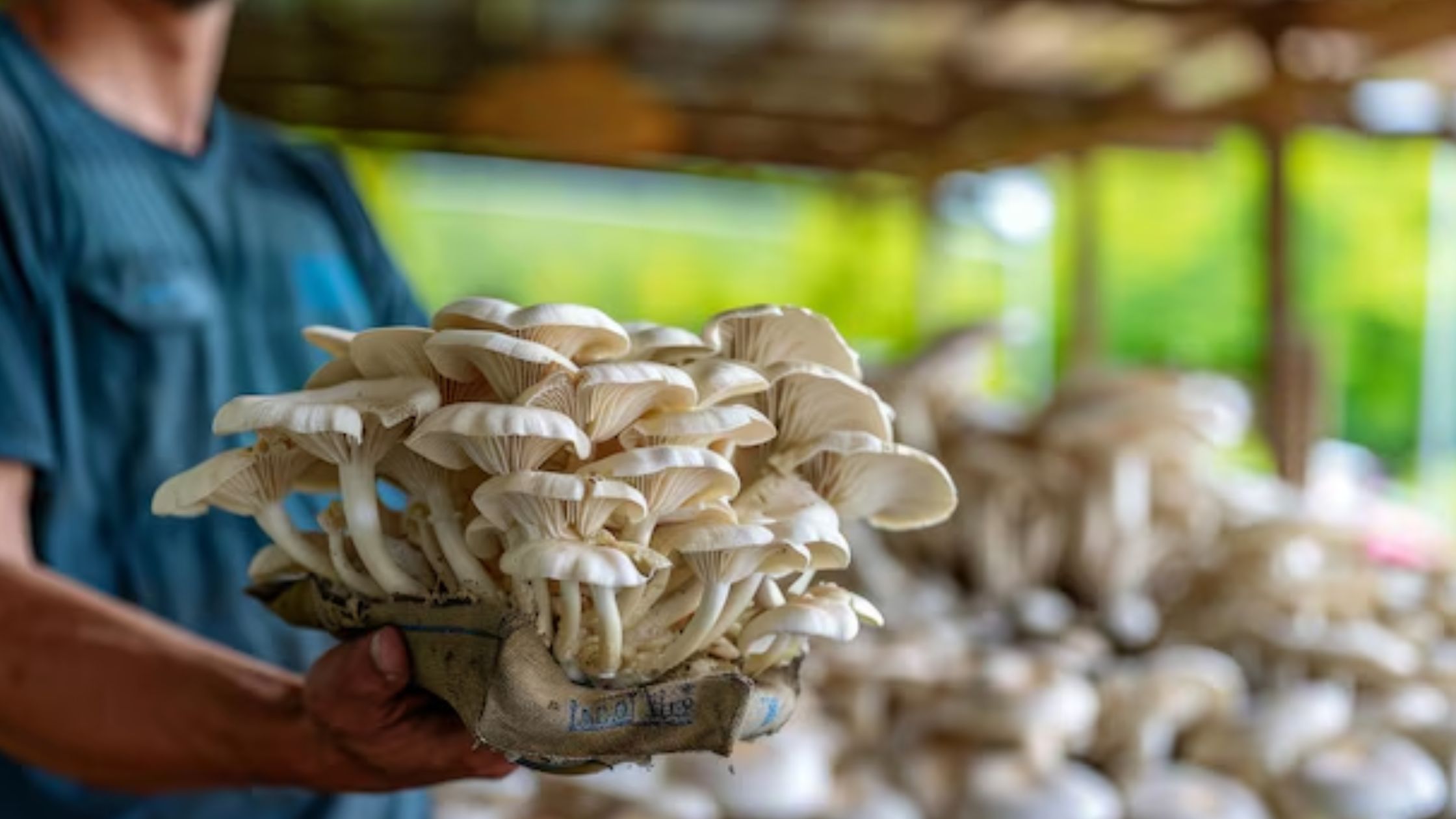
One thought on “Start a Profitable Local Mushroom Farming Business on a Budget (279)”